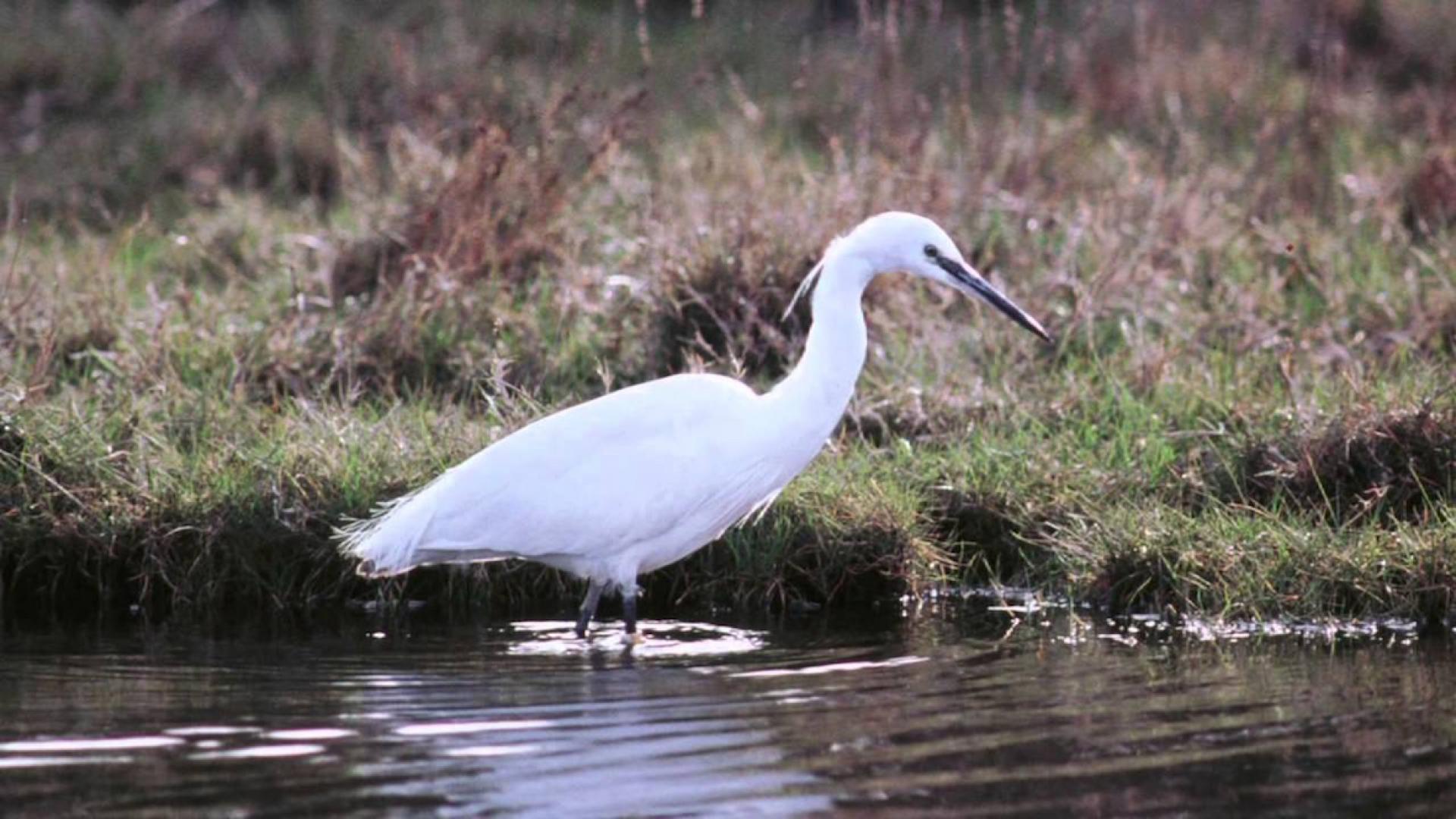Nature Notes With Dave Moore
MANY wetland species of bird have experienced a dramatic change in fortunes.
Egrets, which have had not previously been observed on a regular basis, are now noted and the little egret has been established since the early 1990s, having come across the channel from France.
The same applies to the great white egret, which is about the same size as the grey heron, itself a rare breeder.
Just recently, spoonbills have bred in the north of England and East Anglia as the result of their movement across Europe.
All these wetland birds were once present in the UK but were persecuted to the extent that they became extinct here.
The same expansion across Europe seems to apply to the cattle egret, while the common crane has been a regular visitor to East Anglia and the white stork has bred in the south of England.
Some populations of resident species have also recovered.
Barn owls and kingfishers are now more widespread due to milder winters that allow them to survive.
In the not too distant past, winters were much colder and ground conditions made barn owls’ food sources – such as mice and voles – scarce.
When it comes to the expansion of wetland birds locally, the avocet, that most beautiful and elegant bird, is now an annual visitor to Smallways, where they breed.
Once only seen in coastal locations, Smallways is a fine example of their expansion.
At the same site, the Mediterranean gull – which is very similar to the common black headed gull – is another species breeding throughout the UK.
Before the 1960s, the little ring plover was a rare sight but now breeds all over Britain.
Black tailed godwits and ruff are now established in eastern England’s breeding grounds.
All are wetland species and these good signs prove it is not all doom and gloom. In my lifetime, I would have lost my home some years ago betting that this expansion would take place.
I suppose what comes next will cause some controversy to some people – it is about reports of bird populations on the decrease based on my own observations.
House sparrows, once a common sight in town, are now very few. Many opinions have been voiced about the reasons.
I believe that some species have made local migrations to other habitats. Each morning, from late autumn to the following spring, I feed the birds in my garden at the same time – about an hour before dawn. I have noted that any later and the sparrows go fly-abouts on their search for food.
They return by late afternoon and must roost somewhere close by.
Feeding during winter months must be done at the same time otherwise valuable daylight is wasted.
Each morning up to 30 or 40 birds are present, a number that has increase from 20 years ago when there were only a few.
When I put their food out, I go a small distance outside the village to the local farm and good numbers have been present there.
It is my opinion that our “spuggy” has moved out of urban areas to the countryside. When surveys are done, countryside areas are not included, giving a false total.
I read about the lapwing being in decline. Most of them which, decades ago, bred on farmland have now moved onto moorland.
I give this opinion based on my observations of post-breeding numbers that flock to Smallways wetlands, which in recent times have numbered up to 3,000.
A member of a national bird society made a comment once to me that UK numbers would only be part of the flock and that it would contain migrants from northern Europe.
I pointed out that the Europeans arrived mainly in the autumn as they tend to breed later in the year and usually move when Europe starts to cool down.
So that is my take on the positive things taking place with Britain’s birdlife.
Next time, something positive about mammals in our countryside.






